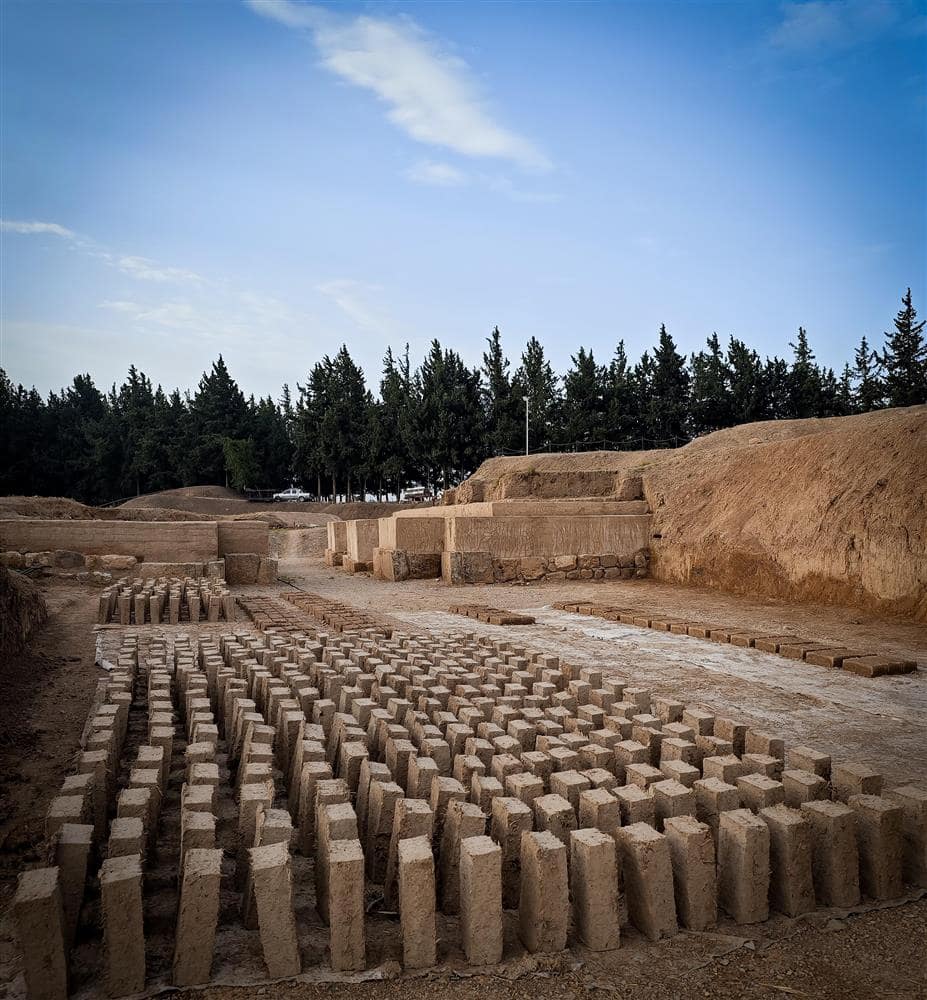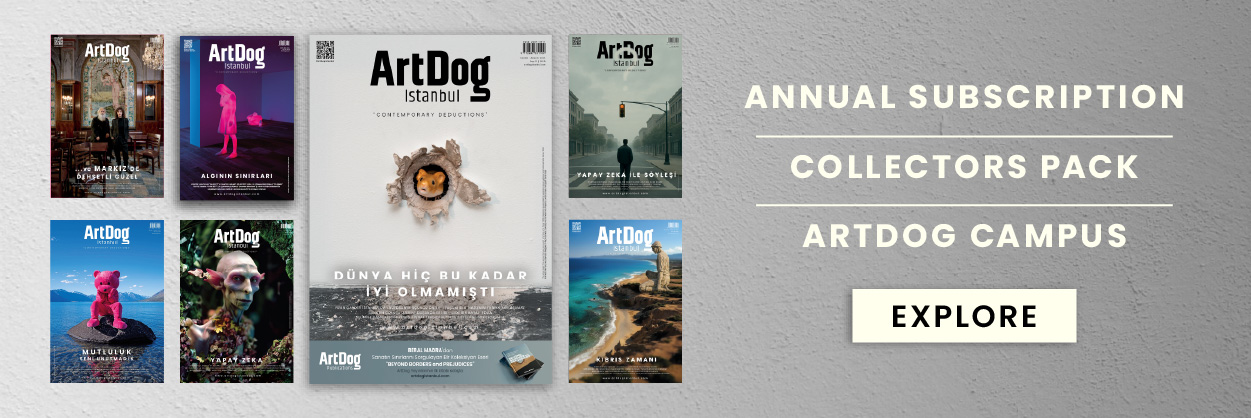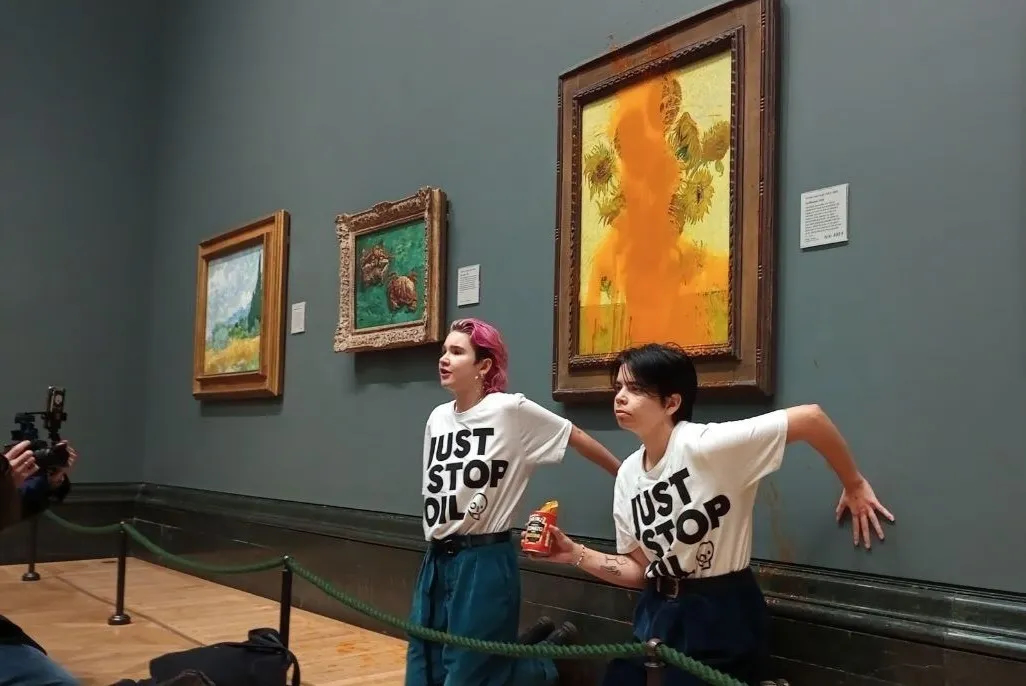In a remarkable intersection of history and archaeology, a team of Turkish archaeologists unearthed a Bronze Age tablet in the province of Hatay. This small, 1.6 by 1.3 inch, 28-gram relic, discovered amidst the ruins of the Aççana Mound in Alalah’s ancient city, has been intriguingly identified as a shopping list. This artifact, believed to date back to the 15th century B.C.E., is inscribed with cuneiform script in the ancient Akkadian language.
Akkadian, now extinct, is recognized as the earliest known Semitic language, with ties to Arabic and Hebrew. Its dialects, including Sumerian, Babylonian, and Assyrian, were prevalent in Mesopotamia during the reign of the Akkadian dynasty, which spanned from approximately 2334 to 2154 B.C.E. The language was first deciphered in the 19th century, and by 1921, researchers at the University of Chicago compiled the first standard Akkadian dictionary.

Initial readings of the tablet reveal records of extensive furniture purchases. Items listed include wooden tables, chairs, and stools, alongside detailed logs of buyers and recipients. Mehmet Ersoy, Turkey’s minister of culture and tourism, highlighted the tablet’s significance in offering new insights into the economic structures of the Late Bronze Age. “We believe that this tablet will provide a new perspective in terms of understanding the economic structure and state system of the Late Bronze Age,” Ersoy commented in a social media post. “We are working with great diligence to pass on the rich heritage of Anatolia to the future generations.”
The discovery of this tablet adds to a vast collection of over half a million Akkadian texts found across regions from Iraq to Egypt to Anatolia. This corpus, according to Yale University, eclipses the volume of extant classical Latin literature and encompasses a wide array of writings, including treatises, hymns, scholarly works, legal documents, royal inscriptions, and everyday correspondence. Among these texts are foundational literary works such as the biblical flood narrative and the Epic of Gilgamesh.
The tablet, a modest yet profound artifact, offers a tangible connection to the everyday lives of people who lived millennia ago. It not only enriches our understanding of ancient economic practices but also underscores the continuity of human endeavors across the ages, from the mundane act of shopping to the complexities of language and record-keeping.








